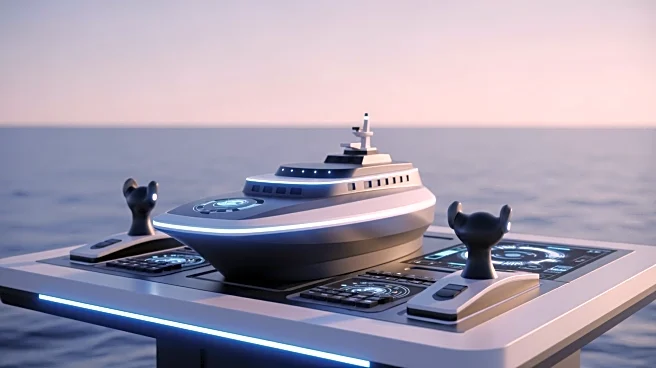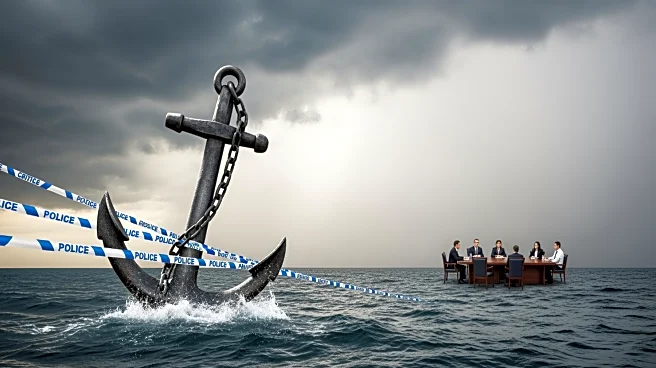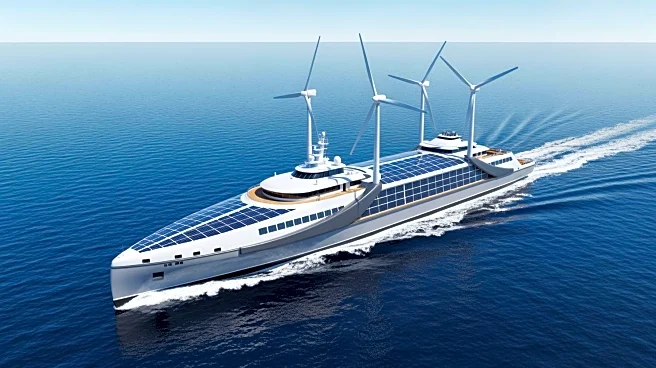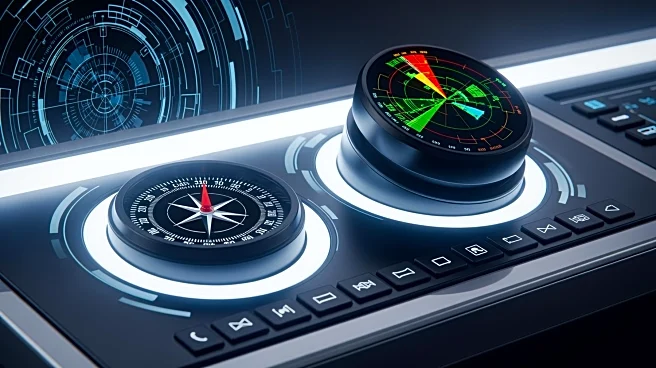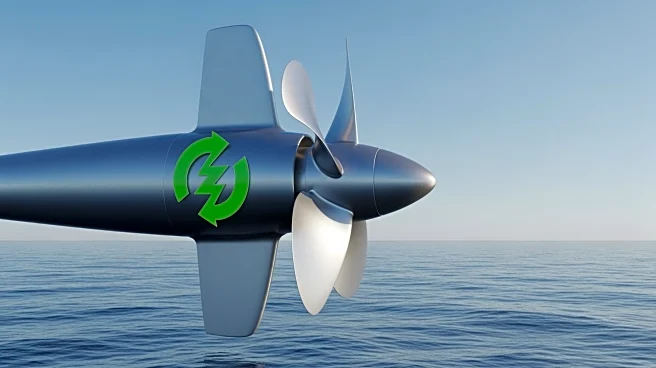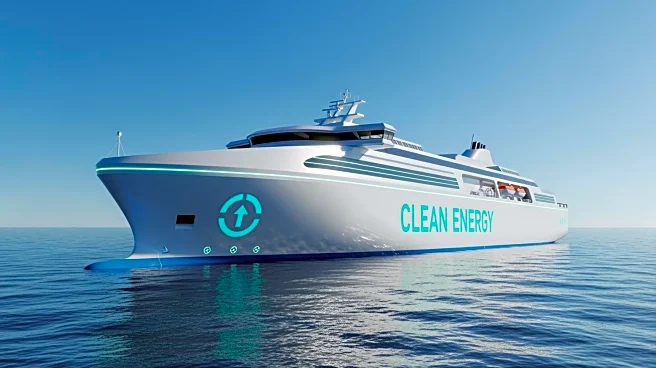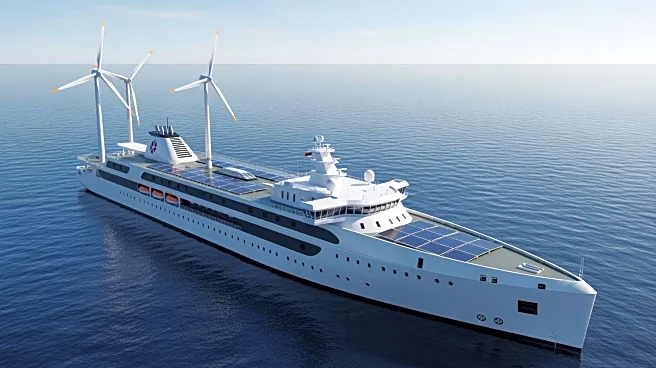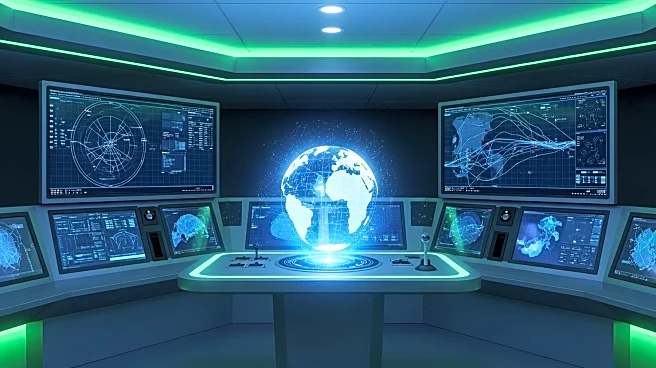What's Happening?
Austal Australia has achieved a significant milestone by receiving Approval in Principle (AiP) from the classification society DNV for its Autonomous and Remotely Operated Ships (AROS) Platform Controller. This system, developed at Austal's facility in Henderson,
Western Australia, is designed to provide a standardized and managed interface between a vessel's complex engineering systems and its navigational autonomy system. The AROS Controller ensures the safe and compliant operation of ships in both remotely operated and autonomous modes by managing information transfer, checking system health, and verifying operational safety. This development is part of Austal's strategy to make its vessels 'Autonomy Ready,' allowing them to become autonomous when connected to compatible systems like Greenroom Robotics' GAMA.
Why It's Important?
The approval of Austal's AROS Platform Controller marks a significant advancement in maritime technology, particularly in enhancing the safety and efficiency of autonomous vessels. As the maritime industry increasingly moves towards automation, systems like the AROS Controller are crucial for ensuring that autonomous ships can operate safely and effectively. This development could lead to broader adoption of autonomous vessels, potentially reducing human error and increasing operational efficiency in maritime operations. The move also positions Austal as a leader in the field of maritime autonomy, potentially influencing industry standards and practices.
What's Next?
Following the AiP, Austal will proceed with the development, verification, and validation processes to seek full approval for the AROS Platform Controller. This will involve rigorous testing to ensure the system meets all safety and operational standards. The successful implementation of this technology could lead to further innovations in autonomous maritime operations and potentially influence regulatory frameworks governing autonomous vessels. Stakeholders in the maritime industry, including shipbuilders, operators, and regulatory bodies, will likely monitor these developments closely as they could reshape the future of maritime transport.
